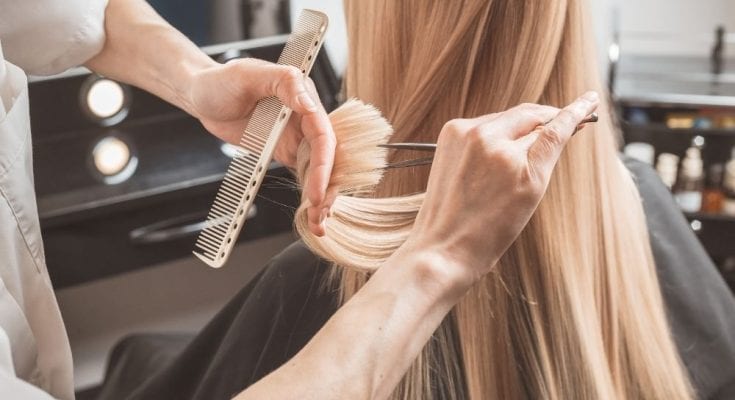When a stylist cuts a person’s hair perfectly parallel, the lines might be clean, but there always seems to be an element missing. Believe it or not, this form of cutting can leave a hairstyle looking flat, thin, and, frankly, uninteresting. Because of this, many seek to add texture to their hair—something that only professional hairstylists can execute. Whether you’re a stylist looking to learn more or someone interested in the field, these are a few hairstylist techniques for texturizing hair to keep in mind.
Twist Cutting
Twist cutting is a styling method that involves twisting the hair tightly and then cutting it at select angles. Stylists often use this on thicker hair to create a thinning effect that makes the finished product appear more controlled. However, on wet hair, it can also help establish a subtle curl or wave where desired.
Chipping
The practice of chipping, on the other hand, works with the hair’s fall to soften blunt horizontal cuts. When chipping, the stylist will hold their shears upward toward the edges of the hair and snip little slices to make the points blend together. This makes the hair appear softer and more natural along the tips. This technique is also called point cutting.
Slide Cutting
Another noteworthy hairstylist technique for texturizing hair is known as slide cutting. This method cuts by sliding the blade of the shears down a designated vertical section of hair. This takes bulkiness out of particularly dense hair while leaving a smoother finish. Stylists can also use a razor to make the outer edges even softer to the eye.
Slicing
Hairstylists use slicing to create the appearance of progression along the hair—whether from short to long or vice-versa. Slicing works by sliding the blade along a few strands, thinning them out and diversifying their edge lengths at the same time. This gives additional volume and effectively blends away your straight cutting lines.
All the haircutting techniques listed above are considered high-level practices and require formal training to properly execute. Professionals also use a plethora of different haircutting shears to create the desired effect. If you’re interested in seeing some of these methods in action, your own hairstylist will be a wonderful source of information.



